Cocytius beelzebuth
|
|
Updated as per Fauna Entomologica De Nicarauga, November 2007
Updated as per Sphingidae (Lepidoptera) de Venezuela, Compilado por: María Esperanza Chacín; December 2009
Updated as per CATE Sphingidae (Peru, Bolivia, Brazil); April 23, 2011
Updated as per personal communication with Hubert Mayer (Caranavi, Nor Yungas, La Paz, Bolivia, September, 2008); June 2, 2014
Updated as per personal communication with Diogo Luiz (Tingua, Rio de Janeiro, Brazil, April 23-24); April 24, 2017
|
Cocytius beelzebuth
soo-doh-koh-SIT-ee-usM bee-el-ZEE-buth
(Boisduval, [1875]) Amphonyx
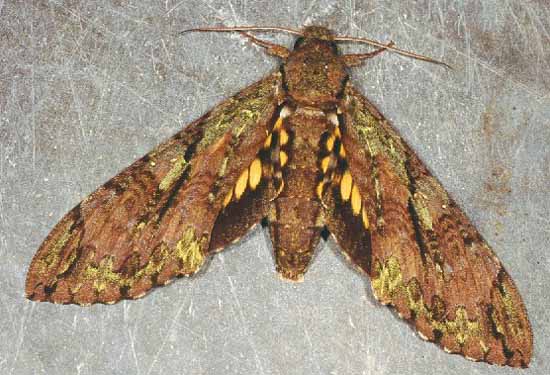
Cocytius beelzebuth from Rancho Grande,
H. Pittier National Park, Venezuela
courtesy of Paolo Mazzei.
This site has been created by Bill Oehlke.
Comments, suggestions and/or additional information are welcomed by Bill.
TAXONOMY:
Family: Sphingidae, Latreille, 1802
Subfamily: Sphinginae, Latreille, [1802]
Tribe: Sphingini, Latreille, 1802
Genus: Cocytius Hubner, [1819] ...........
Species: beelzebuth (Boisduval, [1875])
|
DISTRIBUTION:
Cocytius beelzebuth
(Wing span: 115 - 148 mm, males much smaller than females)], flies in
Brazil,
the specimen type locality, Rio de Janeiro, and in
Nicaragua: Granada, Rio San Juan;
Costa Rica: Puntarenas, Heredia;
south through
VenezuelaAragua, Bolivar, Tachira;
Peru;
Bolivia: La Paz: Murillo, Río Zongo, 750m; and
probably in many other countries in South and Central America. I suspect colombia, Guyana, Suriname and Ecuador.
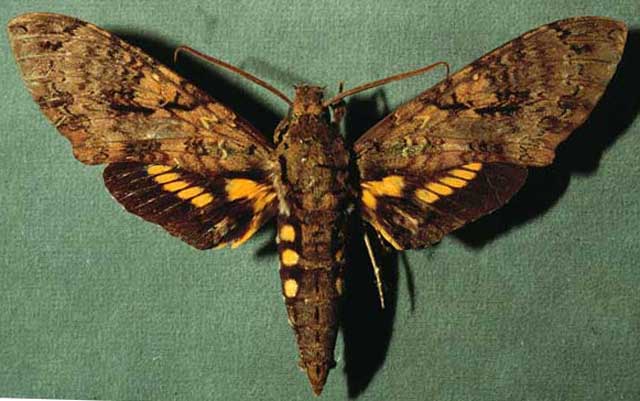
Cocytius beelzebuth, male, 115mm, Costa Rica,
courtesy of Dan Janzen.
FLIGHT TIMES:
Cocytius beelzebuth adults probably nectar at flowers and fly in at least two broods in Costa Rica, with moths on the wing
January-February and again in July-August. This moth comes in to lights much less frequently than other Cocytius species, but both sexes appear.
Diogo Luiz reports and April flight in Tingua, Rio de Janeiro, Brazil.
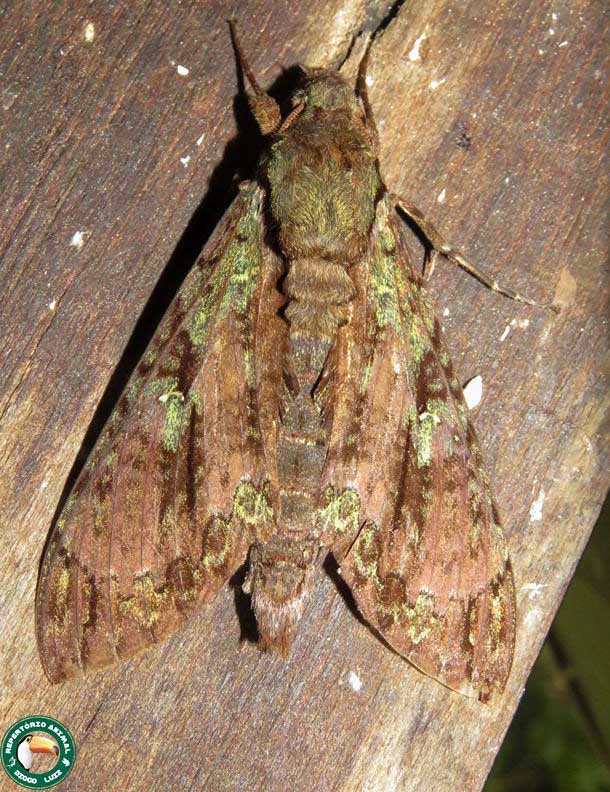
Cocytius beelzebuth, Tingua, Rio de Janeiro, Brazil,
April 23, 2017, courtesy of Diogo Luiz.
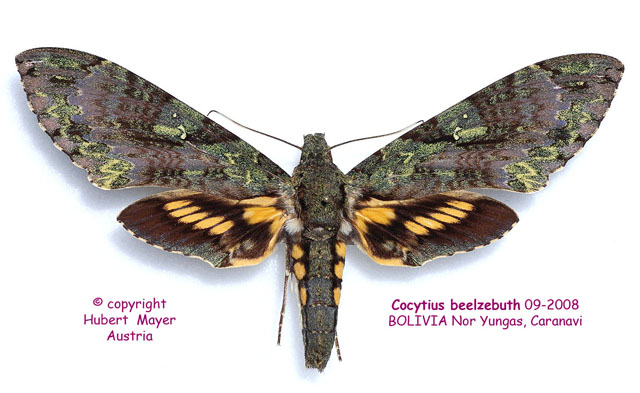
Cocytius beelzebuth female, Caranavi, Nor Yungas, La Paz, Bolivia,
September, 2008, courtesy of Hubert Mayer.
ECLOSION:
Pupae probably wiggle to surface from subterranean chambers just prior to eclosion.
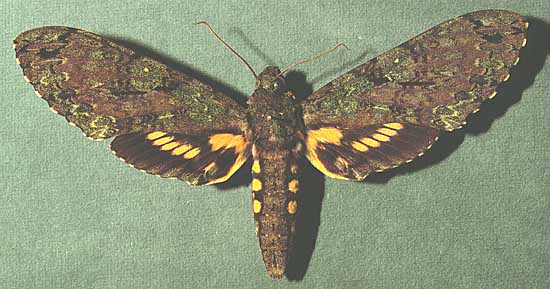
Cocytius beelzebuth female from Costa Rica, courtesy of Dan Janzen.
SCENTING AND MATING:
Females call in the males with a pheromone released from a gland at the tip of the abdomen.
EGGS, LARVAE, PUPAE:
Colourful larvae feed on Guatteria diospyroides and probably other members of the Annonaceae family. |
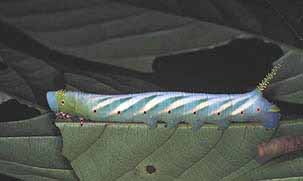 |
Use your browser "Back" button to return to the previous page.
Return to Sphingidae Index
Return to Sphingini Tribe
Use your browser "Back" button to return to the previous page.
This page is brought to you by Bill Oehlke and the
WLSS. Pages are on space rented from Bizland. If you would like to become a "Patron of the Sphingidae Site", contact Bill.
Please send sightings/images to Bill. I will do my best to respond to requests for identification help.





